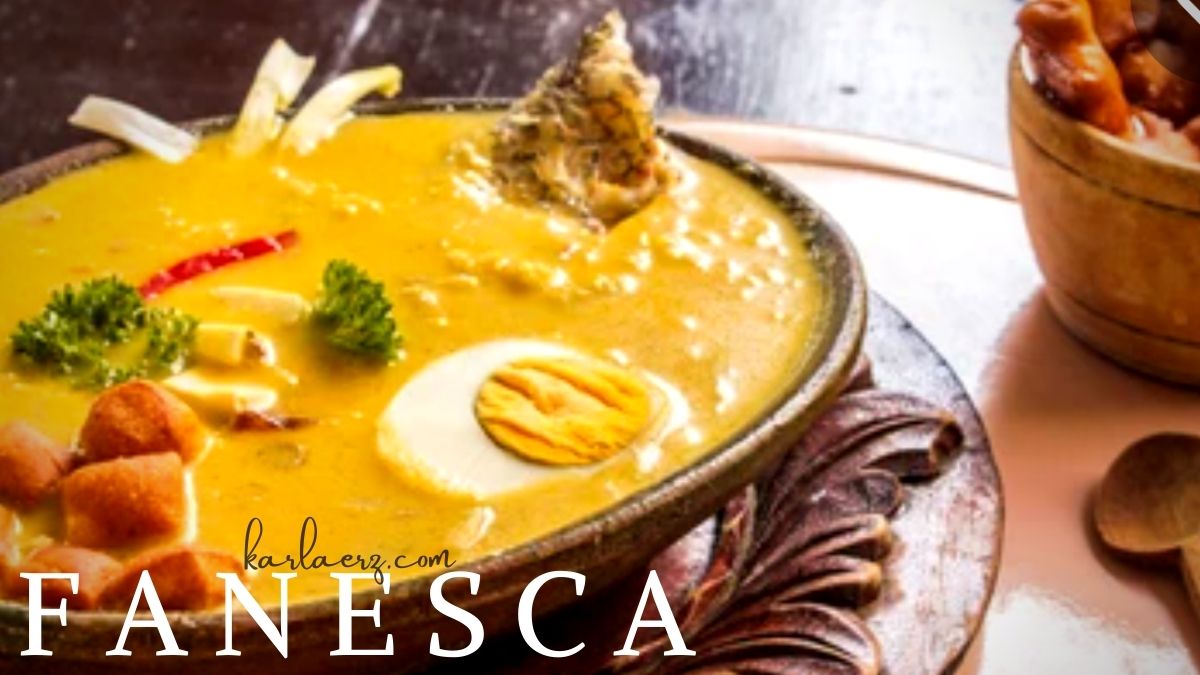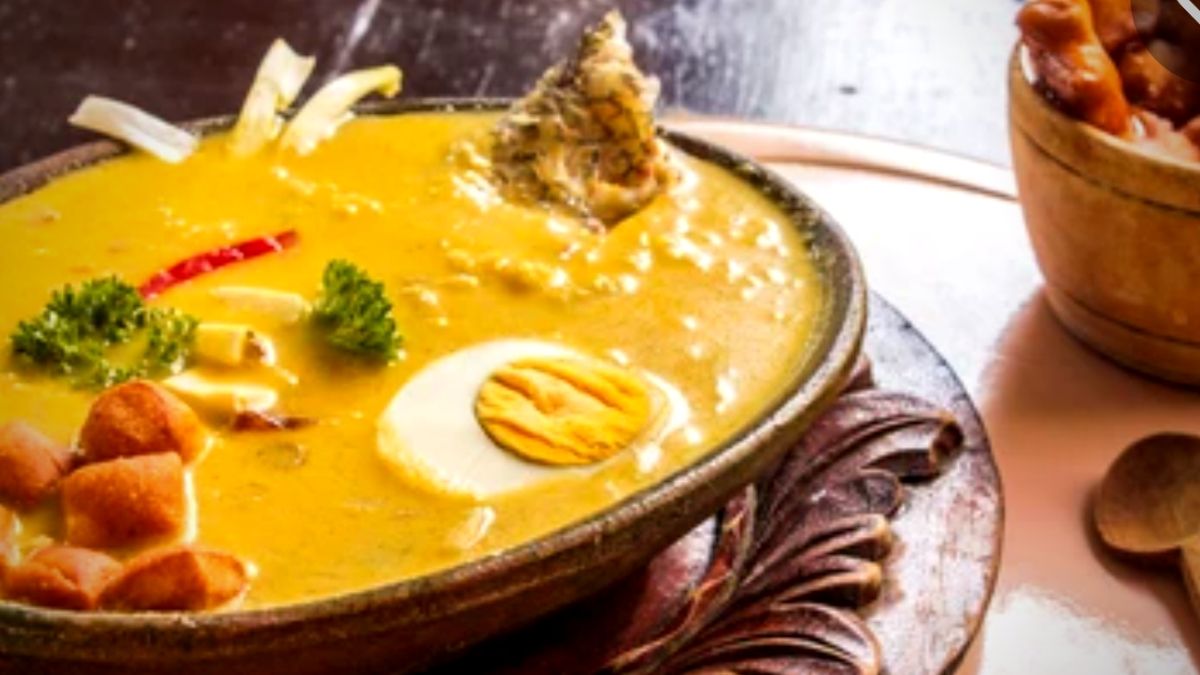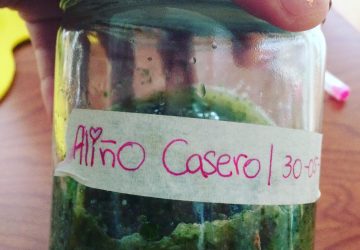
FANESCA RECIPE, TYPICAL DISH FOR HOLY WEEK or Easter
Fanesca is a typical and very popular recipe for Easter in Ecuador since it does not include meat in its preparation. And it is very nutritious and satisfying too. Yes it is a vegetarian dish! But the main character is a salty and dry fish that I cannot miss in its original version. However, as this fish has a strong flavor. This recipe has many versions that are adapted to family recipes and especially for a fanesca recipe for children.
Apart from the salty and dried fish, the cod, what makes this meal satisfying, is the variety of grains (preferably fresh) that it has, which can be everything you like. And not to mention the hard boiled eggs that cannot be missed. All a delight. With this dish you do not need a second or main dish, since we here in Ecuador because this dish looks or resembles a soup.
Contenido
Fanesca beans
Most of the grains or ideally they are fresh, so apart from being faster to cook, they also fresh to have a greater flavor and presence in our fanesca and are delicious, therefore these grains can vary depending on the locality in which they are made and the Fanesca of Guayaquil may be different from the Fanesca of Quito and the Fanesca of Cuenca. For example, in regions with beaches such as the coast, the Fanesca also often calls shrimp.
Here I share a list of the commonly used grains, it is said that each grain has a special meaning within the religious week.
Chickpeas, beans (black, white, red) of all types and varieties, lentils, peas, corn, broad beans, beans, chocho, mellocos, mote, and any other that fascinates you, etc.
How to make Ecuadorian Fanesca
In this case, I’m going to leave you here the version that fascinated me since I was little. It is a version invented by my mother, obviously I have to give it its respective credit. Thanks Mom.
SPECIAL FANESCA RECIPE
Ingredients of the great Fanesca recipe
Canned tuna
Grains that you prefer, including their varieties such as: chickpeas, beans (black, white, red), lentils, peas, corn, broad beans, kidney beans, chocho, mellocos, mote, etc.
Pumpkin, chopped cabbage, green plantains and ripe plantains.
1 sprig of white onion or chopped leek.
2 tablespoons of peanut paste.
1 cup of coconut milk
Spices like oregano, coriander, parsley, etc.
Refrito and achiote.
Hard-boiled eggs that cannot be missed.
Optional
Avocado
Fresh cheese
Procedure of elaboration or preparation of the Ecuadorian Fanesca
1.-Prepare the grains
First you have to leave the grains that you chose to soak overnight if they are not fresh so that when cooking them it does not take hours. The amount of the grains is totally relative depends on which ones you place and the amount of each of the grains you want to use in the preparation. In my case, I put half a cup of each one already cooked in the pot. If you have leftover from the preparation you have made, you can reserve them and freeze them and then use them in another preparation.
2.- The cooking of the grains.
It’s time to cook the beans with water and if you have a better pressure cooker, they will be much faster that way. The cooking time will vary and if they are fresh do not use the pressure cooker.
3.- Flavor our Fanesca soup
Like all broth or soup you have to flavour them and for this we will need our refrito or stir-fry or our base for broths. We apply 4 tablespoons of our refrito in a liter of water and place our precooked grains such as our spices and salt, pepper and a pinch of cumin. Let it boil and depending on the texture you want, you are going to let this soup cook with the other vegetables such as pumpkin, cabbage and white onion/leek.
Some prefer it very thick for which you have to let the grains fall apart and on the other hand if you want to see the grains and chew them then you should not wait long.
And now we have to add the Creole flavor, we are going to mix the two tablespoons of peanuts with our hot coconut milk and then add this mixture to our soup.
4.- Prepare the hard boiled eggs
Along with the previous step, place 3-4 eggs to cook until they are hard. This depends on the number of dishes to be served. With this preparation, 2 to 4 dishes can be produced.
5.- We are almost ready
Just when it has the optimal flavor and consistency of our fanesca soup, we correct the salt and place tuna without oil. We turn off our pot and stir.
6.- Time to serve
When serving you place it on a plate and on top you place the hard egg sliced into slices or simply cut it in half, you can also place a piece of avocado / avocado and slices of fresh cheese on top. This is totally optional.
What else can you accompany the fanesca with?
This is a much more glamorous and filling version that goes a bit too healthy. But just in case you want to give yourself a break and enjoy the recipe 100 percent, this recipe can include fried ripe plantains, fried dough balls or also some delicious wind empanadas. Now if you like something spicy you can also add a little Creole chili.
Have a good Easter!
Facebook | Pinterest | Instagram
If the recipe has been useful, do not forget to rate it in the box below and follow us on our social networks. We are waiting for you!































